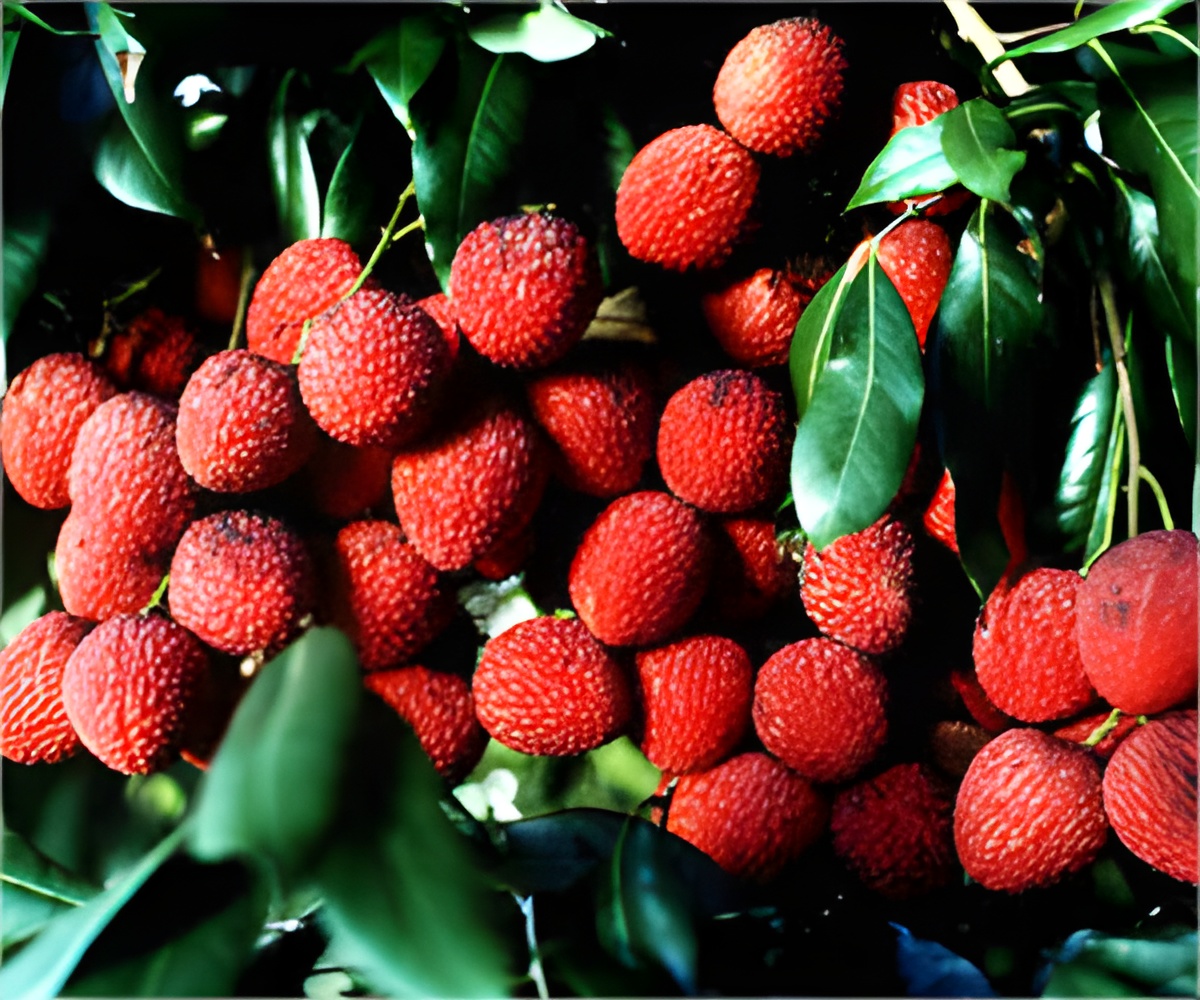
A field gene bank provides easy and ready access to the plant's genetic resources, for characterization, evaluation or utilization. The same material, conserved in the form of seeds, in vitro or cryo must be germinated or regenerated and grown before it can be used. A field gene bank is also useful for conserving vegetatively propagated genotypes that commonly produce variants since these can be more easily identified and improved on in the field than in vitro, the scientist explained.
Vishal Nath said NRCL scientists have been researching in the gene bank on special varieties of litchis brought from different orchards in Bihar and outside. Till date, special varieties from West Bengal, Assam, Uttarakhand, Punjab, Maharashtra and different districts of Bihar have been acquired for conservation and research.
The field gene bank has so far registered 47 varieties of litchis and 20 clones. "We have collected 67 varieties of litchi in the bank and sent 39 varieties for registration to the National Bureau of Plant Genetic Resources. After receiving their specific identity, they will be given a variety name and research on them will begin," the director said.
He said that the litchi field gene bank will help protect native varieties.
According to the director, registration of varieties is a must to check and control foreign strains against native varieties. After registration, they become the country's special varieties and will not be allowed to go extinct.
Advertisement
He also appealed to the people, particularly litchi farmers across the country, to inform and approach NRCL for any help if they have a special variety of litchi tree or discover a special variety.
Advertisement
A little over 60 percent of all litchis produced in India are grown in Bihar. The number of farmers in the state growing litchis has increased in the last decade, especially in Muzaffarpur district. Other states where litchis are grown are Uttarakhand (24 percent), West Bengal (eight percent) and Punjab (six percent). Last year's total yield was 5.28 million tonnes.
But in a recent report, the World Bank noted that litchis good enough for export were being grown in only about 10 percent of the 2,000-odd orchards in Muzaffarpur. The countries that import litchis from India include Canada, Lebanon, the Netherlands, Russia, Saudi Arabia, the United Arab Emirates and Yemen.
Source-IANS










